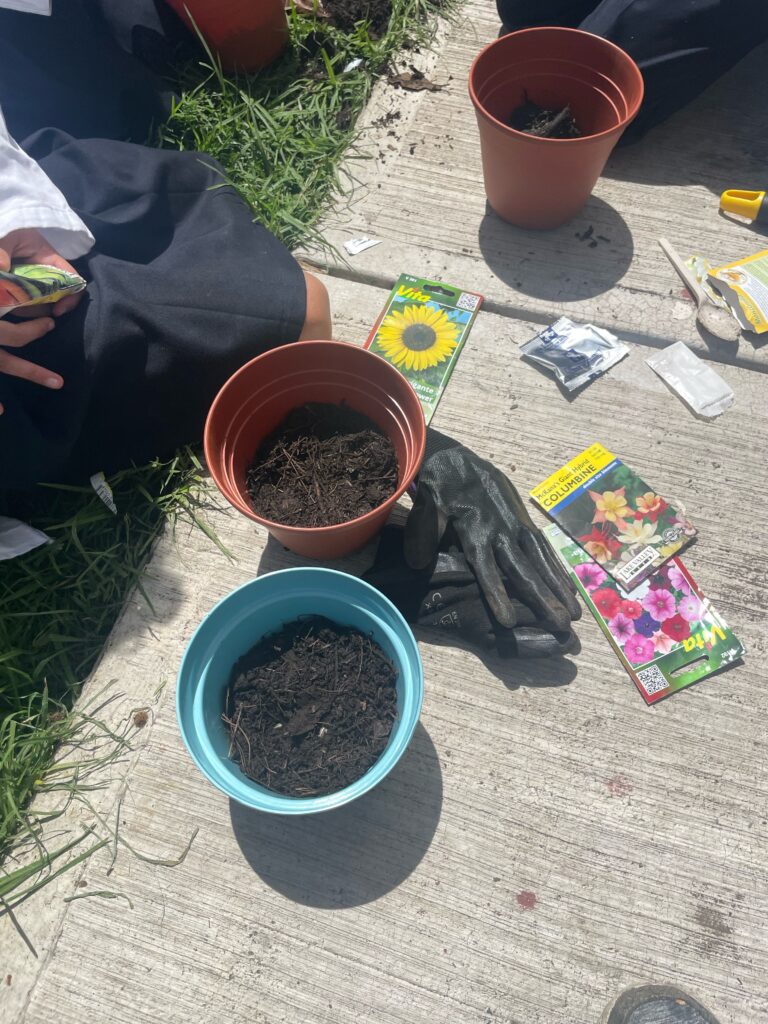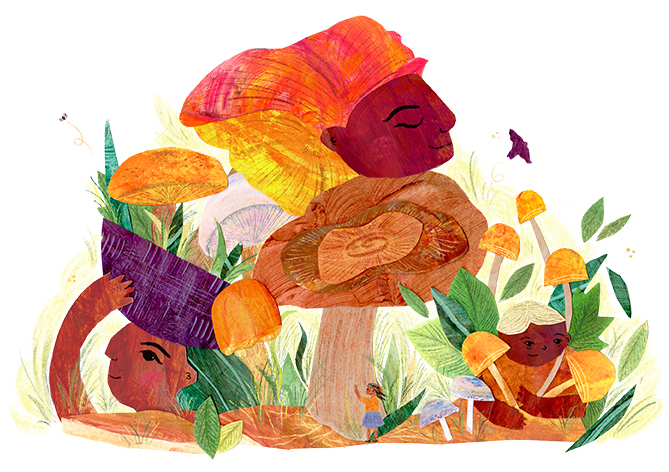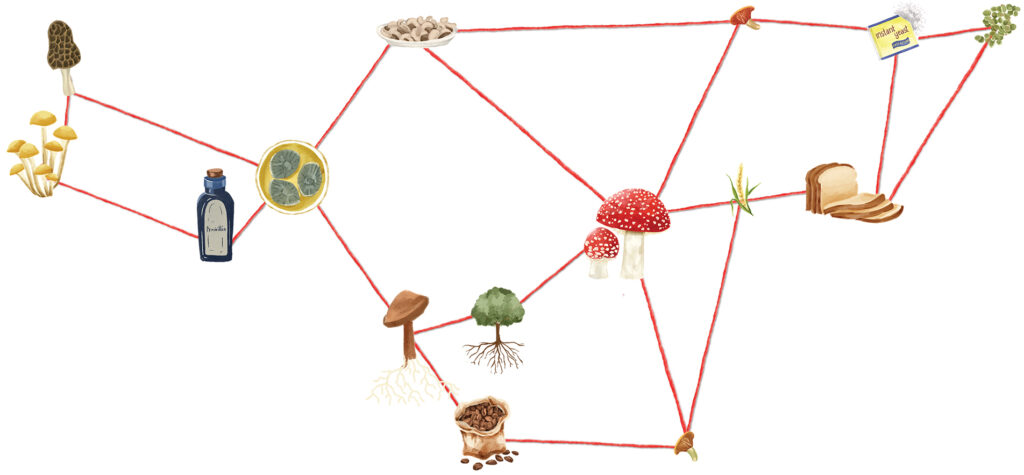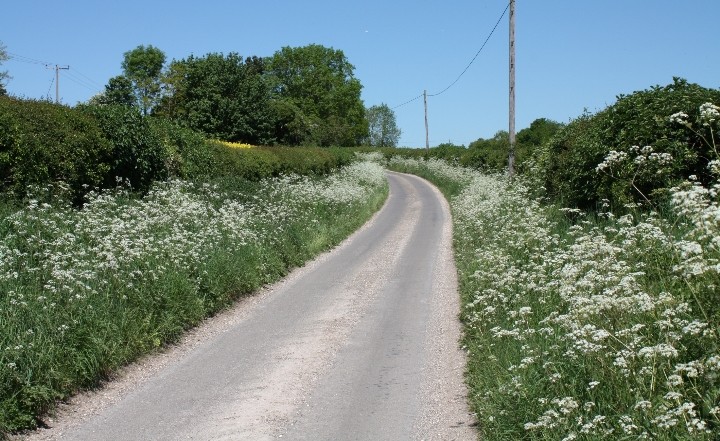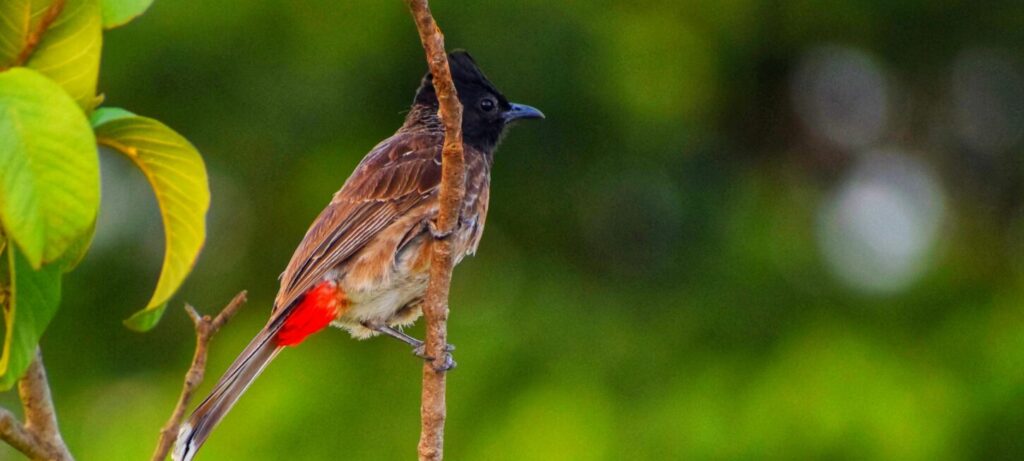For years, I saw her come and go. She wandered the roads around my neighbourhood, at first cautiously but growing bolder each year. She raised several litters of kits in the woods nearby, finding food scraps humans left out for her, purposefully or not. My family enjoyed seeing the little grey fox family each year. The pups played through backyards and the mother brought food and taught them how to survive the dangers of cars and dogs. Then, she grew too brave, approaching humans and even accepting food from a neighbour’s hand. We didn’t see her again after that season.
Stories like this happen every day. As cities continue to grow and expand, the space for wild animals shrinks. Many of them adapt to become less and less wild. Humans provide food, through efforts to sustain wildlife and an abundance of waste. Some species, such as coyotes, are becoming braver and adapting to thrive in urban areas surrounded by humans. Urban coyotes behave differently than their rural counterparts, who live where humans are scarcer and more likely to chase them away or harm them. This difference in behaviour may lead urban coyotes to attack humans for food or simply because they do not fear them. Other species, like raccoons and squirrels, also lose their fear of humans when fed, and damage homes and yards as they come closer to find food and shelter.
We may mean well
Some well-intentioned actions, such as putting food out for wildlife, posting cute photos or bringing animals to wildlife rehabilitators, can have harmful effects.
Humans enjoy the connection they gain with wildlife they feed, not realising the dangers they create. Even bird feeders can be hazardous. They expose wild birds to disease by spreading bacteria and parasites if feeders are too crowded or not cleaned regularly. Feeding wildlife increases bold behaviours, puts humans and wildlife in risky situations, and may cause unintended selection of unnatural traits (like begging) that allow animals to gain more food.
Humans who love animals often share photos of them online. However, social media has proven dangerous for wild animals. It has encouraged humans to get too comfortable around wildlife by keeping them as pets or approaching them in the wild. Photos of individuals petting tigers and dressing monkeys in baby clothes support the illegal wildlife trade by increasing the demand for wild animals as pets. This creates dangerous situations when wild animals are obtained without the proper knowledge needed to care for them safely and appropriately.
Additionally, some humans rescue wild animals that do not need rescuing—for example, by separating babies from adults that have left momentarily or moving animals like turtles away from their homes. Deer, for instance, leave their babies alone for several hours while they forage. Fawns are sometimes picked up by well-meaning individuals who think they have been abandoned.
In many areas, keeping wildlife is illegal, though tales of humans raising raccoons and squirrels in their homes abound. Those laws protect humans from exposure to disease and injuries caused when frightened animals lash out. They also protect animals from receiving improper care. Wildlife rehabilitation centres can usually take these animals but will often caution against removing them from the wild if they are not injured.
Seemingly benevolent actions may help an individual animal for a short period of time, but ultimately, they can lead to that animal becoming dependent on humans for survival. Some do not survive. Others are released, only to become nuisances after frequently approaching humans for food. They may be killed to protect humans and pets, or placed in zoos or rescues. Efforts to relocate or haze wildlife, which involves frightening animals away from humans, may be made but often fail when humans continue to feed wild animals.
Knowledge is key
Educators can help provide knowledge and alternative actions to those engaging in dangerous activities with wildlife. They can supply them with better options to support or connect with wild animals, such as planting native plants in their gardens, providing a non-stagnant water source, or observing natural behaviours from afar. Humans are social animals. Many detrimental interactions with wildlife are caused by a desire to feel connected with them. Allowing humans to find that connection through safer avenues, while also providing information to help wild animals remain wild will—pardon the expression—kill two birds with one stone.
When educators cannot interact with other humans face to-face, the media can provide valuable links between humans, organisations and animals. When used effectively and responsibly, social media can benefit conservation by creating connections to wildlife that humans crave. It can introduce them to animals already in human care and provide their stories as sources of factual information and also help build empathy.

Tips to coexist
The coexistence of humans and wildlife means walking a thin line as we seek to help wildlife without making them dependent on us. One small action we can take to help wild animals is to leave natural areas in our backyards, including food sources, such as flowers or berries, and piles of fallen leaves, which provide invaluable habitat for pollinators, such as bees, during the winter. We can also secure trash containers to limit access for wild animals, clean bird feeders regularly, use healthy food in those feeders (such as sunflower seeds, millet and cracked corn), and keep pets indoors or supervised so they can’t harm wild animals.
On a larger scale, we can support conservation organisations like accredited zoos or nature centres, become more aware of what we put into the world that may cause harm—such as pesticides, litter and images presenting wild animals as pets—and spread the word that our world still has hope! We can all continue to learn about best practices regarding interactions with wildlife, knowing that best practices may change in the future. Just as wildlife adapt to coexist with us, we must keep adapting to coexist with them. Together, we have the power to make a positive difference!
Further Reading
Elliot, E. E., S. Vallance and L. E. Molles. 2016.Coexisting with coyotes (Canis latrans) in an urban environment. Urban Ecosystems 19(3): 1335–1350.https://doi.org/10.1007/s11252-016-0544-2.
Griffin, L. L. and S. Ciuti. 2023. Should we feed wildlife? A call for further research into this recreational activity. Conservation Science and Practice 5(7): e12958. https://doi.org/10.1111/csp2.12958
Svensson, M., T. Morcatty, V. Nijman and C. Shepherd. 2022. The next exotic pet to go viral: Is social media causing an increase in the demand of owning bushbabies as pets? Hystrix, the Italian Journal of Mammalogy 33(1):51–57. https://doi.org/10.4404/hystrix-00455-2021.

